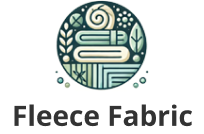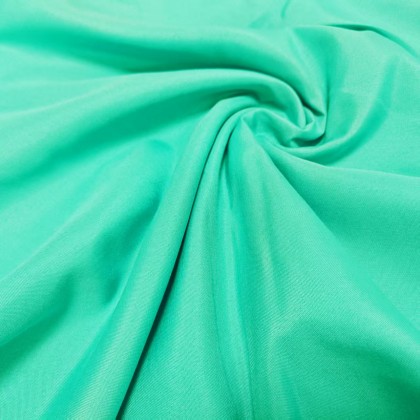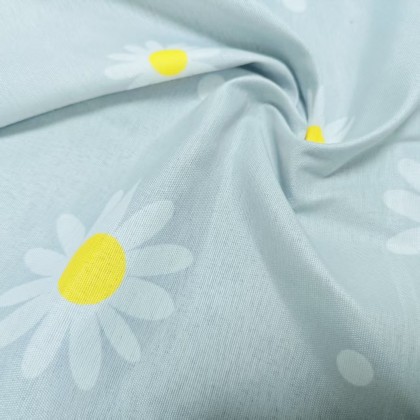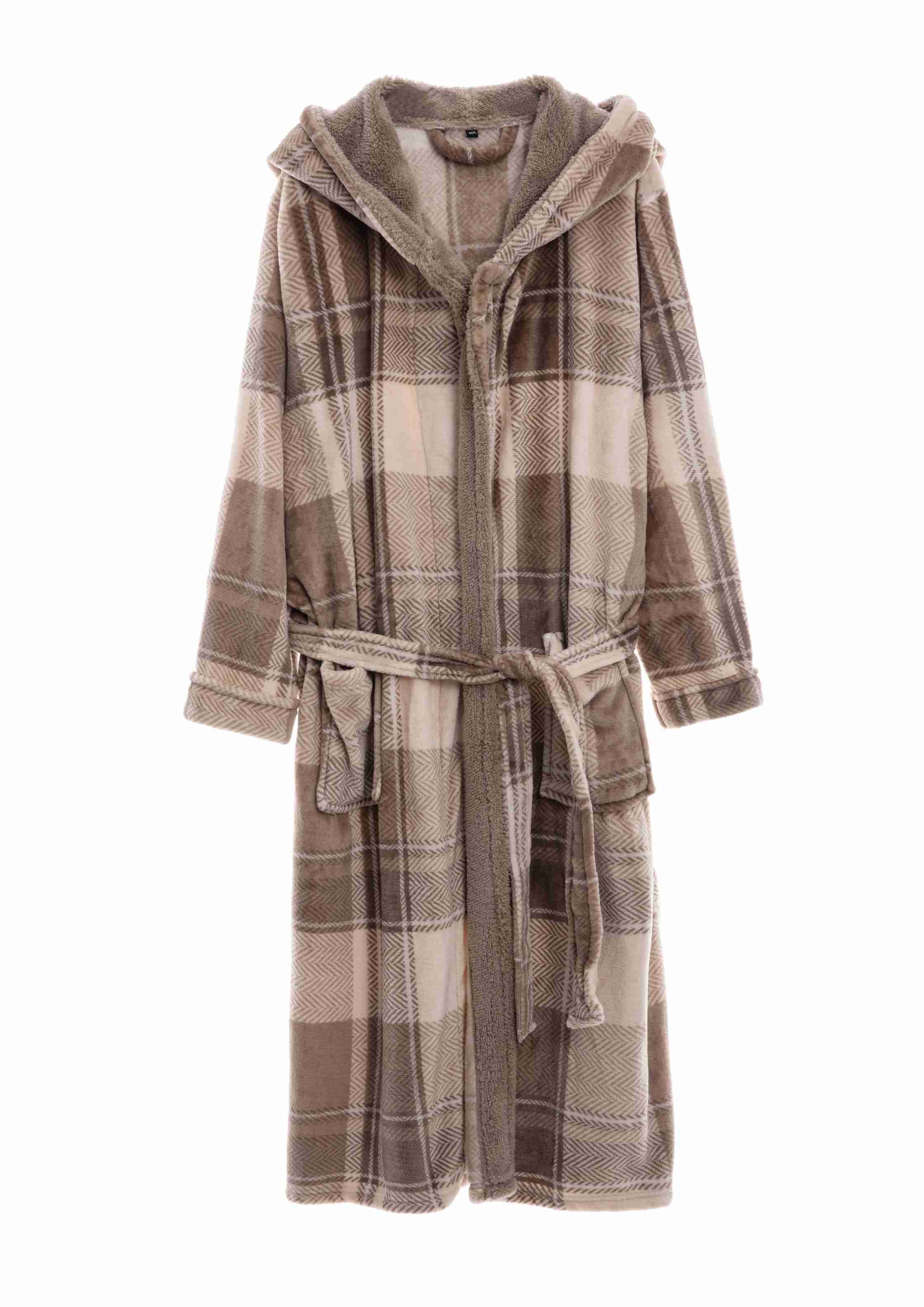Введение
In recent years, sustainability has become a focal point for industries around the globe, and the textile sector is no exception. At our factory, the production of flannel fleece is steeped in sustainable practices that minimize environmental impact while ensuring high-quality products. This article explores the sustainable practices we employ in flannel fleece manufacturing, demonstrating our commitment to ecological responsibility while delivering exceptional fabric.

Understanding Flannel Fleece
Before diving into our sustainable practices, let’s clarify what flannel fleece is. Фланелевый флис is a soft, napped fabric typically made from polyester, offering comfort, warmth, and versatility. Widely used for blankets, clothing, and home textiles, this fabric’s appeal has only grown in recent years. However, the environmental implications of synthetic fabrics highlight the need for sustainable manufacturing processes, particularly in the production of flannel fleece.
The Role of Sustainability in Textile Manufacturing
Sustainability in textile manufacturing entails considering environmental, social, and economic factors. Adopting sustainable practices can help reduce waste, conserve resources, and lower carbon emissions. For our factory, focusing on sustainability not only aligns with global trends but also reinforces our dedication to producing high-quality flannel fleece that consumers can trust and feel good about.
Our Sustainable Manufacturing Practices
1. Using Recycled Materials
One of the most significant sustainable practices we follow is the use of recycled materials. We incorporate recycled polyester into our flannel fleece production, which helps reduce reliance on virgin polyester sourced from non-renewable petroleum. The benefits of using recycled materials include:
- Lower Energy Consumption: Producing recycled polyester typically requires less energy compared to creating new polyester from scratch, leading to reduced carbon emissions.
- Waste Reduction: By using post-consumer materials, we contribute to minimizing landfill waste and promote a circular economy.
- Maintaining Quality: Contrary to some misconceptions, recycled polyester can maintain—or even improve—fabric quality, allowing us to produce high-quality flannel fleece that meets our customers’ standards.
2. Water Conservation Practices
Water is a critical resource in textile manufacturing, especially in dyeing and finishing processes. Our factory implements several strategies to conserve water and reduce its consumption during the production of flannel fleece:
- Closed-Loop Water Systems: We use a closed-loop system that recycles water throughout the manufacturing process. Instead of discharging water waste, we filter and treat used water, allowing it to be reused effectively.
- Low-Water Dyeing Techniques: We invest in advanced dyeing technologies that require significantly less water compared to conventional methods. These techniques not only save water but also promote better dye uptake, resulting in vibrant colors for our flannel fleece products.
3. Eco-Friendly Dyeing Practices
The dyeing process presents numerous environmental challenges, including the use of toxic chemicals and excessive water consumption. To address these concerns, our factory is dedicated to sustainable dyeing practices:
- Non-Toxic Dyes: We exclusively use eco-friendly dyes that are free from harmful chemicals, reducing the environmental footprint of our flannel fleece production. This practice ensures that our dyed fabrics are safer for both the environment and consumers.
- Efficient Dyeing Processes: Our dyeing machines are designed to optimize water usage and energy consumption, enabling us to minimize waste while ensuring high-quality coloration for our flannel fleece fabrics.
4. Energy Efficiency
Energy consumption is another area where we focus our sustainability efforts. Our factory employs various energy-efficient practices and technologies, including:
- Renewable Energy Sources: We source a portion of our energy from renewable sources, such as solar and wind. By utilizing green energy, we significantly reduce our carbon emissions related to flannel fleece production.
- Energy-Efficient Machinery: We continuously upgrade our manufacturing equipment to include energy-efficient machines that require less power to operate. This transition not only lowers our energy costs but also decreases our overall environmental impact.
5. Waste Management and Recycling
Minimizing waste and promoting recycling are key components of our sustainable practices in flannel fleece manufacturing. Our factory implements comprehensive waste management systems:
- Material Recycling: Any offcuts or defective fabric from the production process are collected and recycled. Wherever possible, these materials are repurposed into new flannel fleece products or other textile applications.
- Partnerships with Recycling Facilities: We collaborate with local recycling facilities to ensure that our waste is processed correctly and reused, further contributing to our commitment to environmental sustainability.




